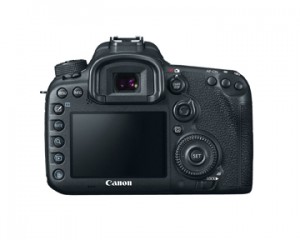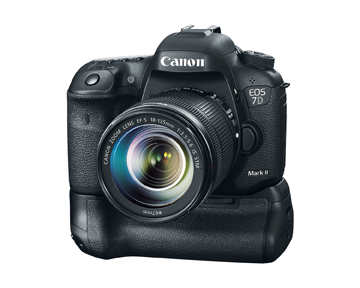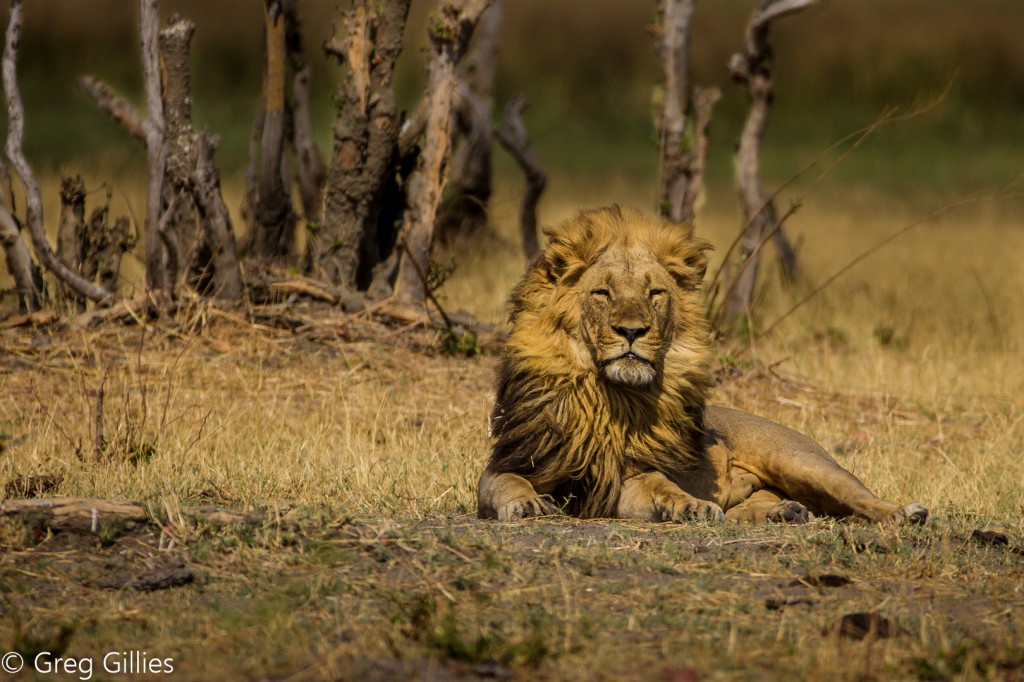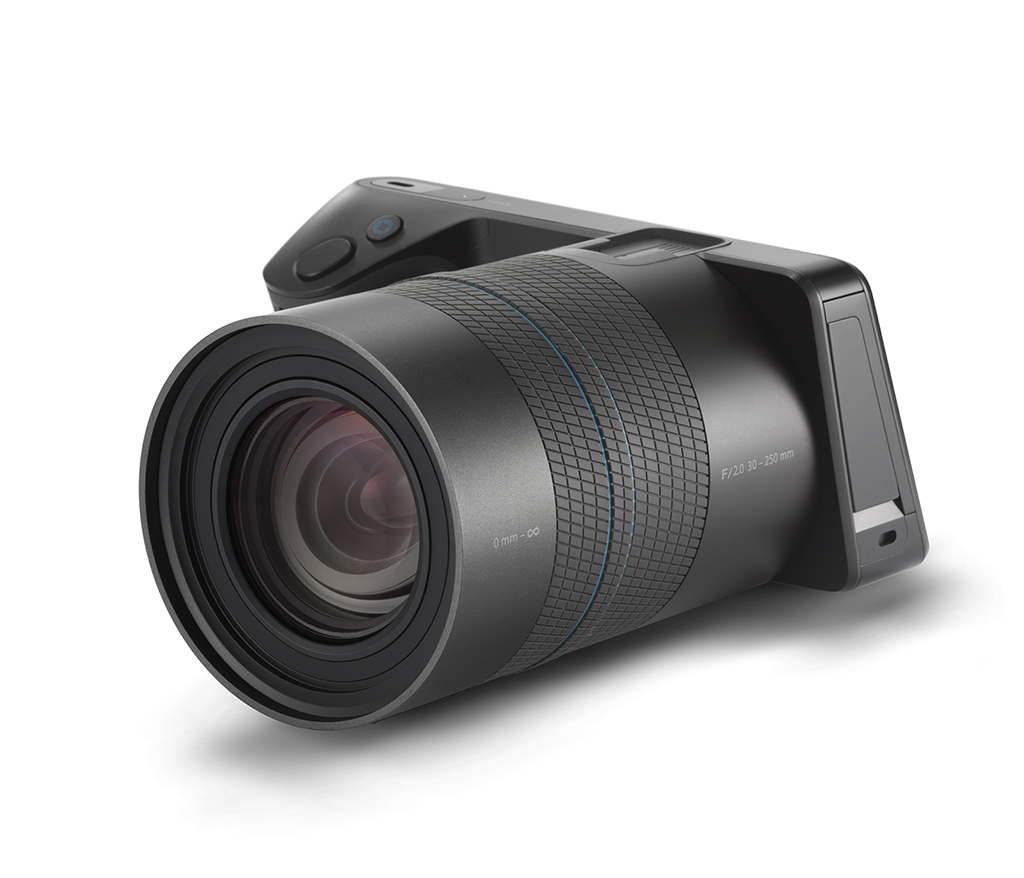Finally, the rumours have come true and the long awaited EOS 7D Mark II has been announced by Canon.
The leaked/rumoured specs were pretty much spot on, but there were still some surprises under the hood. I hope to get my hands on one of these soon after release, but until then I can only comment on what Canon tell us it can do.
I’ll put a full specification list at the bottom of this post, but first off, I’d like to cover a few of the main differences between this and other models (namely the 5D Mark III, original 7D and the 1Dx).
The price (currently £1599) is where you would expect it to be as a “prosumer” grade cropped sensor DSLR. Technically speaking, it’s way ahead of the 5D Mark III on pretty much everything other than a full frame sensor. Some are saying this is like a mini EOS 1Dx, which can only be a good thing given that it is less than half the price, and still £600 cheaper than the already ageing 5D Mark III.
So, why should you buy this camera if you already have a perfectly capable 7D?
In my opinion, there are many reasons to upgrade, especially if your chosen persuasion is sports or wildlife photography. Here’s my summary:
- Massive improvement of noise levels at high ISO (and this puppy can go up to 16000 before even touching the expanded settings)
- the best Auto Focusing system currently on the market (yes, better than the £4K+ 1Dx)
- 10 Frames Per Second – that’s 4 more than the 5D III and only 2 less than the 1Dx.
- despite taking a new battery, the old LP-E6 ones you have lying around are completely compatible.
If the claims made by Canon are true and this new high sensitivity/low noise sensor produces superb images in low light, then almost all of the benefits of a full-frame sensor are gone. The one exception is if you happen to be a landscape photographer and want to maintain your ultra wide angle shots.
Some other nice features which excite a geek like me but seem to have been overlooked my many of the mainstream reviews are as follows:
- In camera HDR and multi-exposure. This allows you to take up to 5 shots which are merged to HDR, but all the source images can be saved too.

- Built in intervalometer and bulb timer. This allows you to take timed bulb shots (e.g. 30 minutes) or one shot every n seconds for x minutes without 3rd party add-ons or Magic Lantern!
- Improved Auto Exposure Bracketing (AEB) to allow 2,3,5 or 7 shots, a vast improvement over the 3 possible on the original 7D.
- USB3 port, meaning much faster transfer of files to your computer without needing a card reader.
- CF and SD Card slots – don’t personally like SD cards, but good option for backup I guess.
- GPS with a digital compass. Just in case you want to geo-tag your images.
- Silent Drive mode, allows silent shooting when in quiet locations (or taking a crafty shot of the bridesmaid without getting caught)
All in all, this looks like a really, really nice camera. It is very capable and will be just as much at home in a Pro’s bag as an enthusiastic amateur’s. It is scheduled to be available from authorised canon dealers from November 2014 onwards.
Head over to www.cvp.co.uk for some of the best UK deals.
Here are the full specs, in case I’ve overlooked anything and a few pics of what it looks like.


| Image Sensor | |
| Type: | 22.4 x 15.0mm CMOS |
| Effective Pixels: | Approx. 20.2 Megapixels |
| Total Pixels: | Approx. 20.9 Megapixels |
| Aspect Ratio: | 3:2 |
| Low-Pass Filter: | Built-in/Fixed with fluorine coating |
| Sensor Cleaning: | EOS Integrated cleaning system |
| Colour Filter Type: | Primary Colour |
| Image Processor | |
| Type: | Dual “DIGIC 6” |
| Lens | |
| Lens Mount: | EF/EF-S |
| Focal Length: | Equivalent to 1.6x the focal length of the lens |
| Focusing | |
| Type: | TTL-CT-SIR with a dedicated CMOS sensor |
| AF System: | 65 cross-type AF Points (Centre point is an extra sensitive dual-cross type point at f/2.8, cross-type at f/8 |
| Sensitivity: | -3EV |
| AF Working Range: | EV -3-18 (at 23°C & ISO100) |
| AF Modes: | AI Focus, One Shot, AI Servo |
| AF Point Selection: | Automatic selection, Single Point AF, Single Point Spot AF, AF point Expansion 4 points, AF Point Expansion surrounding 8 points, Zone AF, Large Zone AF |
| Selected AF point display: | Superimposed in viewfinder and indicated on top LCD panel and Quick Control screen |
| Predictive AF: | Yes, up to 8m |
| AF Lock: | Locked when shutter button is pressed half way in One Shot AF mode or AF-ON button is pressed |
| AF Assist Beam: | Intermittent firing of built-in flash or emitted by optional dedicated Speedlite |
| Manual Focus: | Selected on Lens |
| AF Microadjustment: | +/- 20 steps (wide and tele setting for Zooms), adjust all lenses by same amount, adjust up to 40 lenses individually, adjustments remembered for lens by serial number |
| Exposure Control | |
| Metering Modes: | TTL full aperture metering with 252 zone Dual Layer SPC – Evaluative, Partial, Spot and Centre weighted metering |
| Metering Range: | EV 0-20 (at 23° with 50mm f/1.4 lens ISO 100) |
| AE Lock: | Auto: in 1-shot AF Mode with evaluative metering exposure is locked when focus is achieved. Manual: By AE Lock button in creative zone modes |
| Exposure Compensation: | +/- 5 EV in 1/3 or 1/2 stop increments (can be combined with AEB) |
| AEB: | 2,3,5 or 7 Shots +/-3 EV 1/3 or 1/2 stop increments |
| ISO Sensitivity: | Auto (100-16000), ISO-16000 (in 1/3 or 1 stop increments) H1:25600, H2:51200 |
| Shutter | |
| Type: | Electronically-controlled focal-plane shutter |
| Speed: | 30-1/8000sec (1/2 or 1/3 stop increments), Bulb |
| White Balance | |
| Type: | Auto White Balance with the imaging sensor |
| Settings: | AWB, Daylight, Shade, Cloudy, Tungsten, White Fluorescent light, Flash, Custom, Colour Temperature in Setting-White balance compensation |
| Custom White Balance: | Yes, 1 setting can be registered |
| WB Bracketing: | +/- 3 levels in single level increments, 3 bracketed images per shutter release |
| Viewfinder | |
| Type: | Pentaprism |
| Coverage: | Approx. 100% |
| Magnification: | Approx. 1.0x |
| Eyepoint: | Approx. 22mm |
| Dioptre Correction: | -3 to +1m |
| Focusing Screen: | Interchangeable (3 types, optional). Standard EH-A, Super precission Matte EH-S II |
| Mirror: | Quick-return half mirror (Transmission: reflection ratio of 40:60, no mirror cut-off with EF 600mm f/4 or shorter) |
| Viewfinder Information: | AF Info, Focus Indicator, Exposure Information, Flash Information, Image Information, Composition Information, Other information |
| Depth of Field: | Yes, with Depth of Field preview button |
| Eyepiece Shutter: | On Strap |
| LCD Monitor | |
| Type: | 7.7cm (3.0″) Clear View II TFT, approx. 1040k dots |
| Coverage: | Approx. 100% |
| Viewing Angle: | Approx. 170° |
| Coating: | Anti-reflection and Solid Structure |
| Brightness Adjustment: | Auto, Manual |
| Flash | |
| Built-in Flash GN: | 11 |
| Built-in Flash Coverage: | up to 15mm focal length (35mm equivalent: 24mm) |
| Built-in Flash recycle time: | Approx. 3 seconds |
| Modes: | E-TTL II, Manual Flash, Multi flash, Integrated Speedlite Transmitter |
| Red-Eye Reduction: | Yes |
| X-sync: | 1/250sec |
| Flash Exposure: | +/- 3EV in 1/2 or 1/3 increments |
| Flash Exposure Bracketing: | Yes |
| Flash Exposure Lock: | Yes |
| Second Curtain: | Yes |
| HotShoe/PC terminal: | Yes/Yes |
| External Flash Compatibility: | E-TTL II with EX series Speedlites, wireless multi-flash support |
| External Flash Control: | Via Camera Menu Screen |
| Shooting | |
| Modes: | Intelligent Auto, Program AE, Shutter priority AE, Aperture priority AE, Manual, Bulb, Custom |
| Picture Styles: | Auto, Standard, Portrait, Landscape, Neutral, Faithful, Monochrome |
| Colour Space: | sRGB and Adobe RGB |
| Drive Modes: | Single, Continuous L, Continuous H, Self timer, Silent single shooting, Silent continuous shooting |
| Continuous Shooting: | Max. Approx. 10fps, infinite JPEGs or 31 RAW Images |
| Intervalometer: | Built-in, number of shots selectable from 1-99 or unlimited, Bulb timer possible |
| Live View Mode | |
| Type: | Electronic viewfinder with image sensor |
| Coverage: | Approx 100% |
| Frame Rate: | 29.97 fps |
| Focusing: | Manual, Autofocus, Tracking |
| Metering: | Real-time evaluative metering with image sensor |
| Display Options: | Grid Overlay, Histogram |
| File Type | |
| Still Image Type: | JPEG, RAW |
| Movie Type: | MOV (Video: H.264 or MP4: Intra frame / inter frame, Sound: Linear PCM with H.264, AAC with MP4) |
| Movie Size: | 1920 x 1080 (59.94, 50 fps) |
| Max Duration: | 29min 59sec |
| Interface | |
| Computer: | SuperSpeed USB 3 |
| Storage | |
| Type: | CompactFlash Type I (UDMA compatible), SD Card |
| Supported Operating System | |
| PC & Mac: | Windows 8.1/7/7 SP1 / Vista SP2 / XP SP3 – OS X v10.8-10.9 |
| Included Software: | ImageBrowser EX, Digital Photo Professional, PhotoStitch, EOS Utility, Picture Style Editor |
| Power Source | |
| Batteries: | LP-E6N |
| Battery Life: | Approx. 670 shots |
| Battery Indicator: | 6 levels + percentage |
| Power saving: | Power turns off after 1,2,4,8,15 or 30 mins. |
| Power Supply: | ACK-E6 |
| Battery Charger: | LC-E6 |
| Physical Specifications | |
| Body Materials: | Magnesium Alloy body covers |
| Operating Environment: | 0-40°, 85% or less humidity |
| Dimensions (WxHxD): | 148.6 x 112.4 x 78.2mm |
| Weight (body only): | Approx. 910g |
Source: Canon official Press release.


